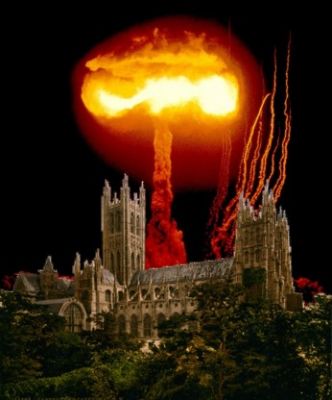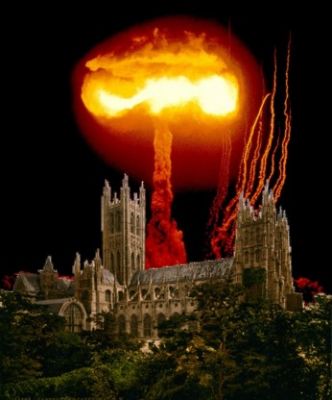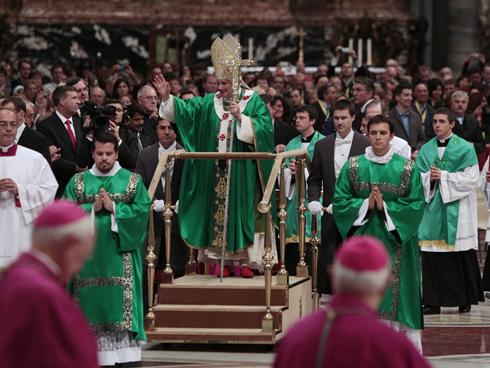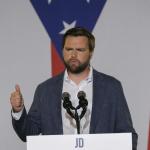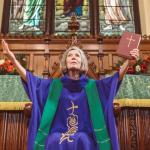Anyone who follows news on the religion beat knows the drill when it comes to reporters framing the global, national, regional and local conflicts between Anglicans: The battles are about homosexuality, period, and all heck broke loose in 2003 when the tiny Diocese of New Hampshire elected an openly gay and non-celibate bishop.
The problem with that news template is that it’s simplistic. Debates over sexuality have driven the headlines, but the doctrinal debates are much broader than that. Also, crucial cracks began forming in the Anglican Communion long before 2003.
Thus, it is good to celebrate even the most humble of journalistic victories in the fight against what your GetReligionistas have long called “Anglican timeline disease.” Note this lede in an Associated Press report about developments down South:
ST. GEORGE, S.C. — About 50 conservative Episcopal churches in South Carolina are in court this week, trying to keep their name, seal and $500 million in land and buildings after they broke away from the national denomination in a wide-ranging theological dispute.
The breakaway group, the Diocese of South Carolina, said it had to leave the national church not just because of the ordination of gays, but a series of decisions it says show national Episcopalians have lost their way in the teachings of Jesus and salvation.
Bravo. Later in the story, however, there is a close encounter with the “everything began in 2003” myth.
The Episcopal Church, along with other Protestant denominations, had been losing members for decades before gay rights came dramatically to the forefront when Episcopalians elected their first openly gay bishop in 2003.
So “dramatically to the forefront” isn’t a bad way to word this, I guess, but what about the earlier theological adventures of New York Bishop Paul Moore Jr. and Newark Bishop Jack Spong? What about the 1998 global Lambeth gathering of Anglican bishops and its crucial affirmation of ancient Christian doctrines on marriage and sex?
As a public service — especially for scribes covering the battle in South Carolina — here are one or two other landmarks to consider adding to the timeline, just in case editors grant room for one or two more strategic facts.
Let’s start with this 1979 resolution at the Episcopal General Convention in Denver:

